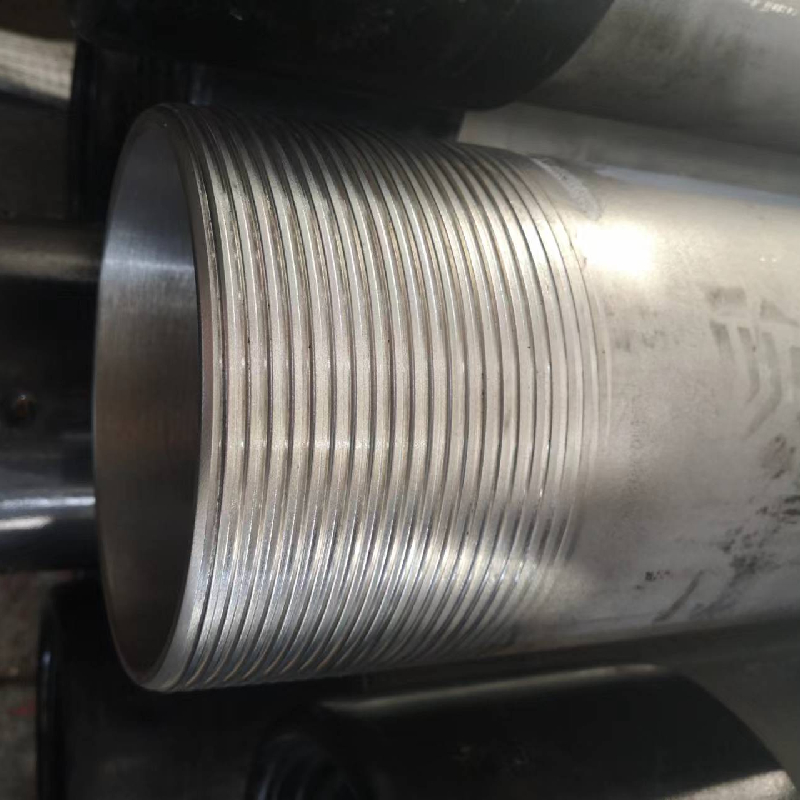- Afrikaans
- Albanian
- Amharic
- Arabic
- Armenian
- Azerbaijani
- Basque
- Belarusian
- Bengali
- Bosnian
- Bulgarian
- Catalan
- Cebuano
- Corsican
- Croatian
- Czech
- Danish
- Dutch
- English
- Esperanto
- Estonian
- Finnish
- French
- Frisian
- Galician
- Georgian
- German
- Greek
- Gujarati
- Haitian Creole
- hausa
- hawaiian
- Hebrew
- Hindi
- Miao
- Hungarian
- Icelandic
- igbo
- Indonesian
- irish
- Italian
- Japanese
- Javanese
- Kannada
- kazakh
- Khmer
- Rwandese
- Korean
- Kurdish
- Kyrgyz
- Lao
- Latin
- Latvian
- Lithuanian
- Luxembourgish
- Macedonian
- Malgashi
- Malay
- Malayalam
- Maltese
- Maori
- Marathi
- Mongolian
- Myanmar
- Nepali
- Norwegian
- Norwegian
- Occitan
- Pashto
- Persian
- Polish
- Portuguese
- Punjabi
- Romanian
- Russian
- Samoan
- Scottish Gaelic
- Serbian
- Sesotho
- Shona
- Sindhi
- Sinhala
- Slovak
- Slovenian
- Somali
- Spanish
- Sundanese
- Swahili
- Swedish
- Tagalog
- Tajik
- Tamil
- Tatar
- Telugu
- Thai
- Turkish
- Turkmen
- Ukrainian
- Urdu
- Uighur
- Uzbek
- Vietnamese
- Welsh
- Bantu
- Yiddish
- Yoruba
- Zulu
Understanding Well Casing Couplings and Their Importance in Drilling Operations
Understanding Well Casing Couplings The Backbone of Oil and Gas Drilling Operations
In the oil and gas industry, the integrity and efficiency of drilling operations rely heavily on the materials and components used in the construction of well casings. Among these critical components, well casing couplings play a vital role in ensuring the overall structural stability and functionality of well casings. This article delves into the significance of well casing couplings, their types, applications, and best practices for selection and installation.
What Are Well Casing Couplings?
Well casing couplings are short, threaded pipe sections that connect various lengths of casing pipes used in drilling operations. These couplings are essential for creating a continuous and reliable casing string that helps prevent the collapse of the wellbore and protects the well from contaminants. They provide a secure joint that maintains the integrity of the casing structure under various conditions, including high pressures and temperatures.
Types of Well Casing Couplings
There are several types of well casing couplings, each designed to meet specific operational needs. Here are a few of the most common types
1. API Couplings The American Petroleum Institute (API) standards dictate the manufacturing specifications for these couplings. API couplings are typically used in oil and gas exploration, ensuring compatibility with a variety of casing materials and sizes.
2. Threaded Couplings These couplings are designed with threads that allow for a tight fit between two casing pipes. They are popular due to their ease of installation and ability to create a strong seal, which is critical for preventing leaks.
3. Premium Couplings Designed for high-performance applications, premium couplings offer enhanced mechanical properties and corrosion resistance. They are commonly used in environments where traditional couplings may fail, such as in deep-water drilling or areas with severe corrosive conditions.
4. Welded Couplings While less common, welded couplings can be used in specific applications where a fixed connection is needed. These couplings are welded to the casing pipes, providing a permanent and robust joint.
Applications of Well Casing Couplings
well casing coupling

The primary application of well casing couplings is in drilling operations for oil and gas extraction. They are used in various well types, including
- Vertical Wells Traditional drilling setups often require casing couplings to secure every segment of the casing pipe. - Horizontal Wells In horizontal drilling operations, couplings maintain the integrity of the casing string, ensuring it can withstand the unique stresses associated with horizontal drilling. - Geothermal Wells Well casing couplings are also used in geothermal wells to protect the system from heat and pressure.
The versatility and reliability of these couplings make them a fundamental component in ensuring that the casing system can withstand the rigors of drilling operations.
Best Practices for Selection and Installation
Selecting the right well casing coupling is crucial for the success of drilling operations. Here are some best practices to consider
1. Assess Environmental Conditions Understand the well environment, including temperature, pressure, and potential corrosive substances, to select couplings that can withstand these conditions.
2. Choose Quality Materials Opt for high-quality materials that meet API standards or other relevant certifications. Investing in durable couplings can reduce the risk of failure and costly workovers in the future.
3. Follow Installation Guidelines Proper installation techniques enhance the performance of couplings. Follow the manufacturer’s guidelines for torque specifications and sealing practices to ensure a secure joint.
4. Regular Inspections Conduct routine inspections of the casing and couplings to detect wear and tear. Early detection of issues can prevent significant problems down the line.
Conclusion
Well casing couplings are integral to successful drilling operations in the oil and gas industry. By understanding the types, applications, and best practices associated with these components, operators can enhance the stability and longevity of their well casings. With the right couplings in place, companies can ensure that their drilling projects are conducted efficiently and safely, tapping into valuable resources while preserving the integrity of the surrounding environment. As technology continues to advance, staying informed about innovations in casing coupling design and materials will be crucial for optimizing operations and minimizing risks in the field.
-
Tubing Pup Joints: Essential Components for Oil and Gas OperationsNewsJul.10,2025
-
Pup Joints: Essential Components for Reliable Drilling OperationsNewsJul.10,2025
-
Pipe Couplings: Connecting Your World EfficientlyNewsJul.10,2025
-
Mastering Oilfield Operations with Quality Tubing and CasingNewsJul.10,2025
-
High-Quality Casing Couplings for Every NeedNewsJul.10,2025
-
Boost Your Drilling Efficiency with Premium Crossover Tools & Seating NipplesNewsJul.10,2025







